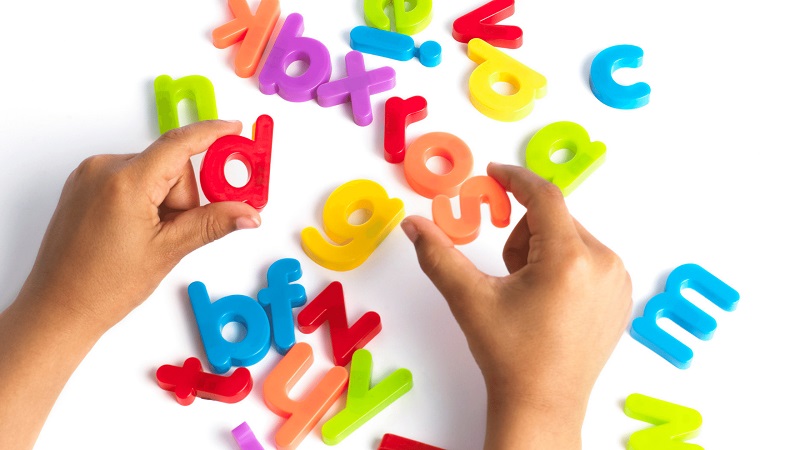

Is Dyslexia curable? What are the methods applied in school to help dyslexic students?
The most common question that we get asked as Special Educators is whether dyslexia is curable? Can it be treated? Is it a physical condition that one can treat? Well, what if we didn't think of it as a disorder and looked at it as a different style of learning?
Students with dyslexia usually lead ordinary lives. The main challenge they face is when it comes to reading and writing. When you were a child and you were placed in a daycare centre, or a place where you watched only videos and took naps with other children, your life was perfect until then. It hits them when they are introduced to letters and they realise that they cannot match or cope with the speed and level of comprehension of their peers. Their writing of ‘b’ became ‘d’ and ‘p’ became ‘q’, a typical mistake that someone with dyslexia would often make.
Despite the fact that dyslexia cannot be cured, it can be managed with special instructions and support. In our education system, semantic style is usually taken to be the learning style of every child. Dyslexics are most likely to find this learning to be challenging. They happen to learn and enjoy other ways of learning which are more visual, hands-on and concrete. To simplify things for them, these are a few strategies that are used on a daily basis in school so they understand concepts more easily.
1. Large Print Text- It is easier for students to recognise letters just because of the size.
2. Audio Support- Since these students have trouble reading and recognising words, audio supports are a great supplement to any reading activity.
3. Chunk reading assignments- The longer the reading, the more challenging it is for dyslexic students. As a result, chunking or breaking down reading assignments is advantageous for students.
4. Coloured overlays- Coloured overlays is a tool that can benefit dyslexic students. They are meant to alleviate stress and help remove symptoms associated with dyslexia.
5. Reading level evaluation- Schools that specialise in dyslexia and ADHD will frequently evaluate a student's reading level in order to determine his or her long-term success in reading.
6. Visuals- Dyslexic students remember better when there is a picture or
diagram to go along with the sentence.
7. Quiet space- Students are given quiet corners in the classrooms for them to focus and read in peace.
8. Pre-Teach Vocabulary- Teachers usually pre-teach vocabulary before reading any type of short stories or other reading assignments.
9. Sentence Starters- This is another effective strategy where teachers give sentence starters to give students ideas on how to start their paragraph or sentences.
10. Use Letter strips- Teachers place these letter strips on students’ desks to help improve letter recognition.
11. Last, but not least, Positive Reinforcement. These students sometimes face lower self-esteem due to inability to read and write. They are so frustrated, so hungry for positive reinforcement, that every little accomplishment needs to be praised and reinforced with positive reinforcement. In order for them to become more confident and empowered, it's important that they identify their own unique learning style so they can build upon their confidence in their reading and writing skills, which in turn acts as a guiding tool in their lives.
Author: Nimita Jeevan, Teaching Faculty - DLP,
The Aditya Birla Integrated school
Also read,
Does dyslexia cause stress and anxiety in children? How to help them overcome these problems?